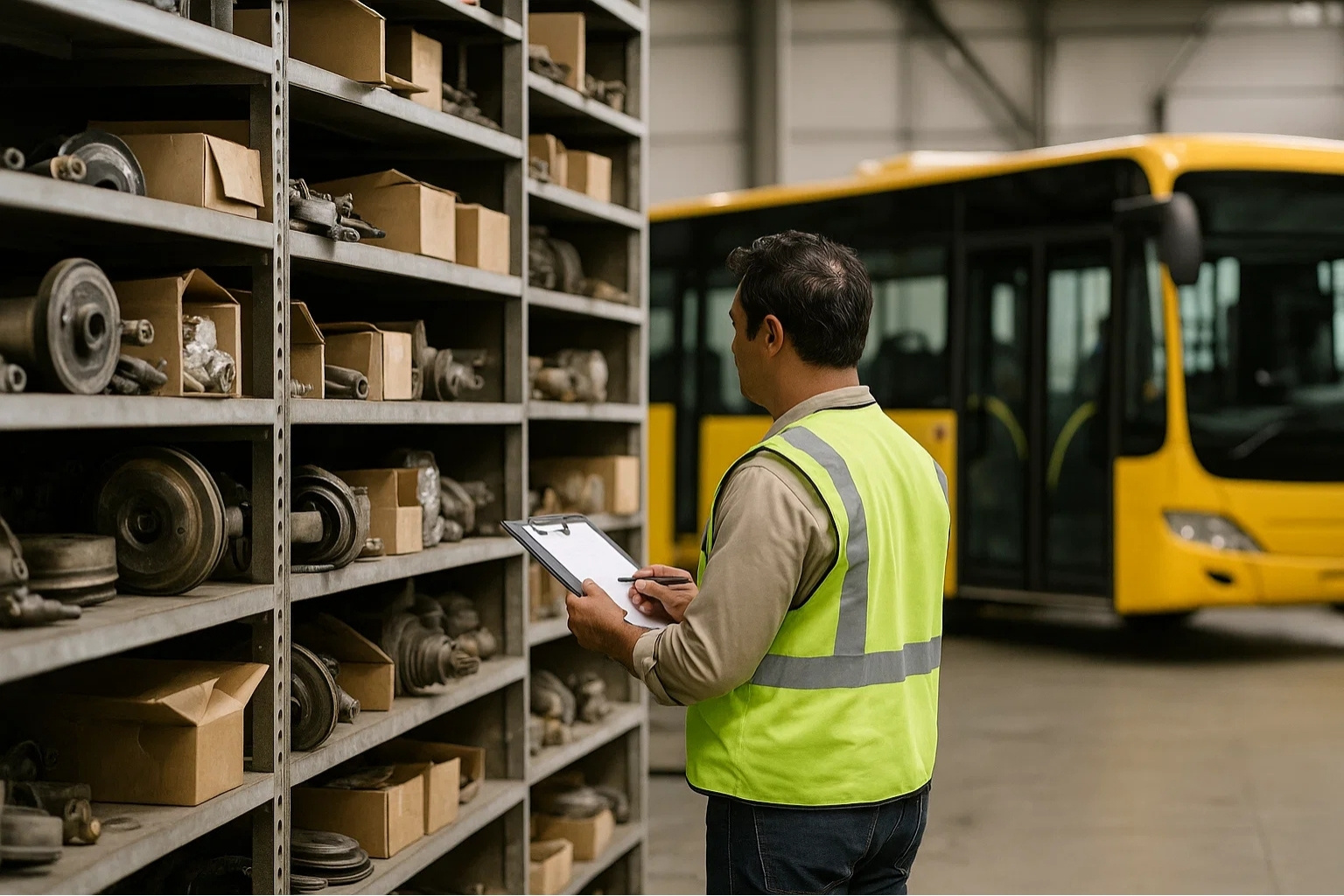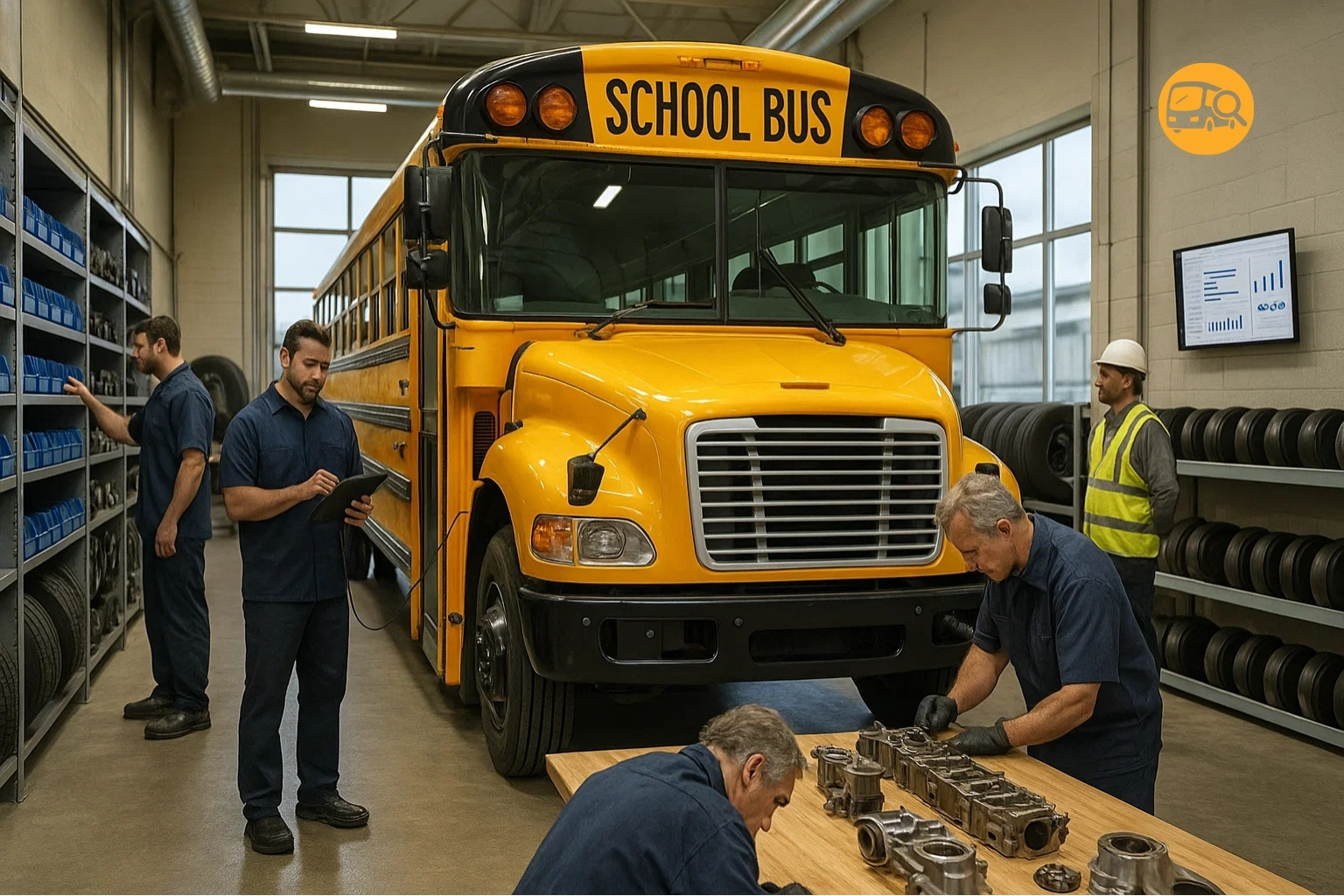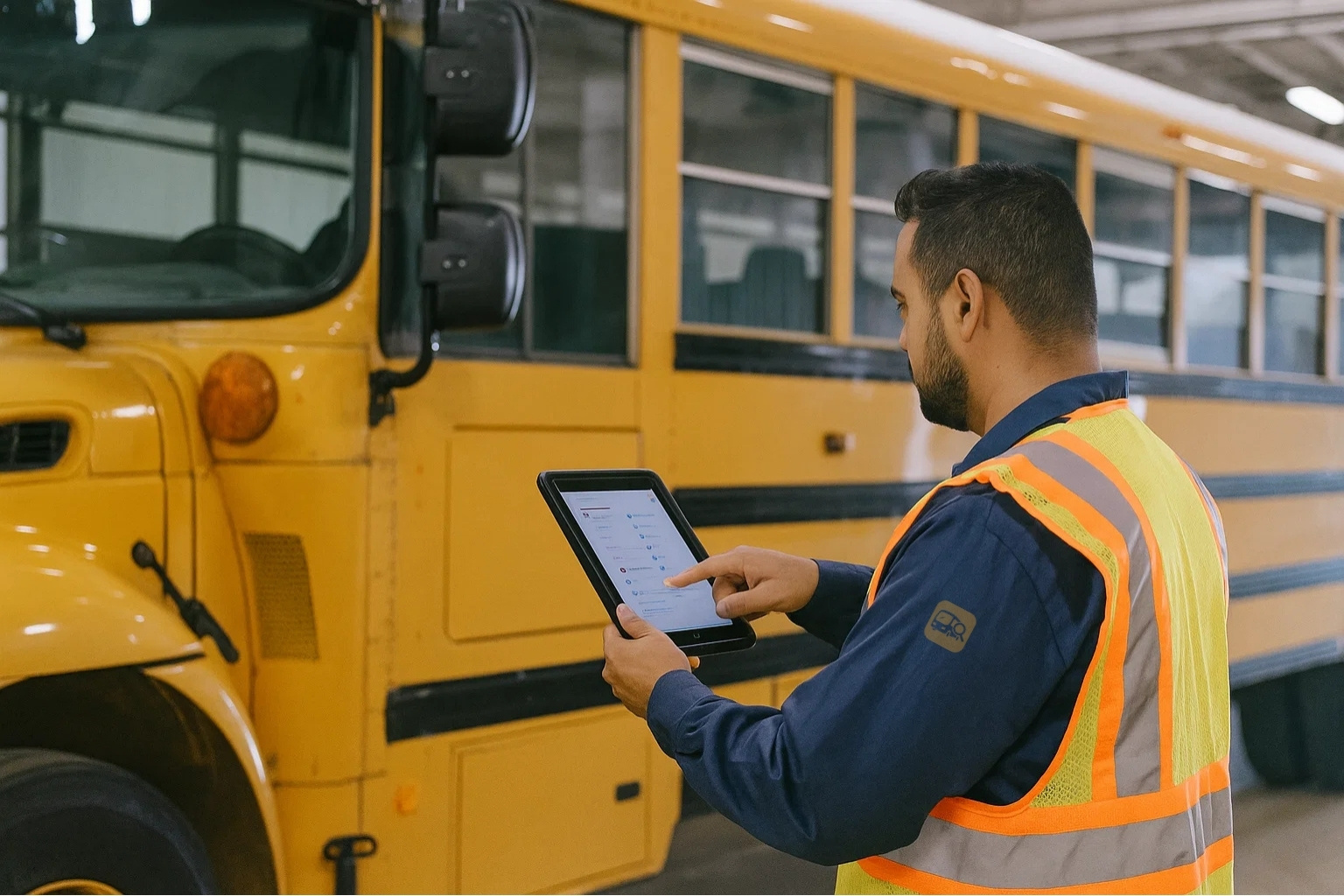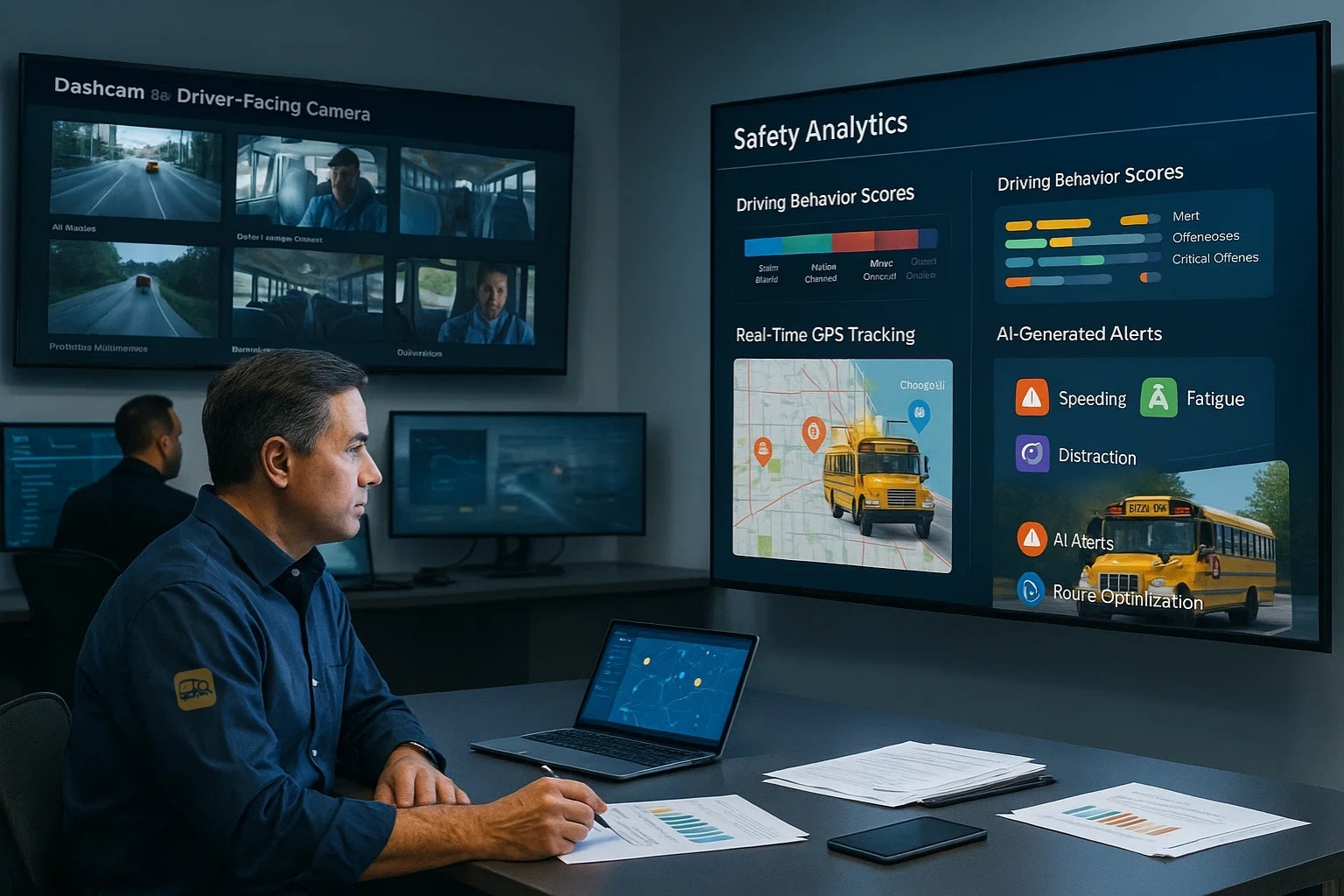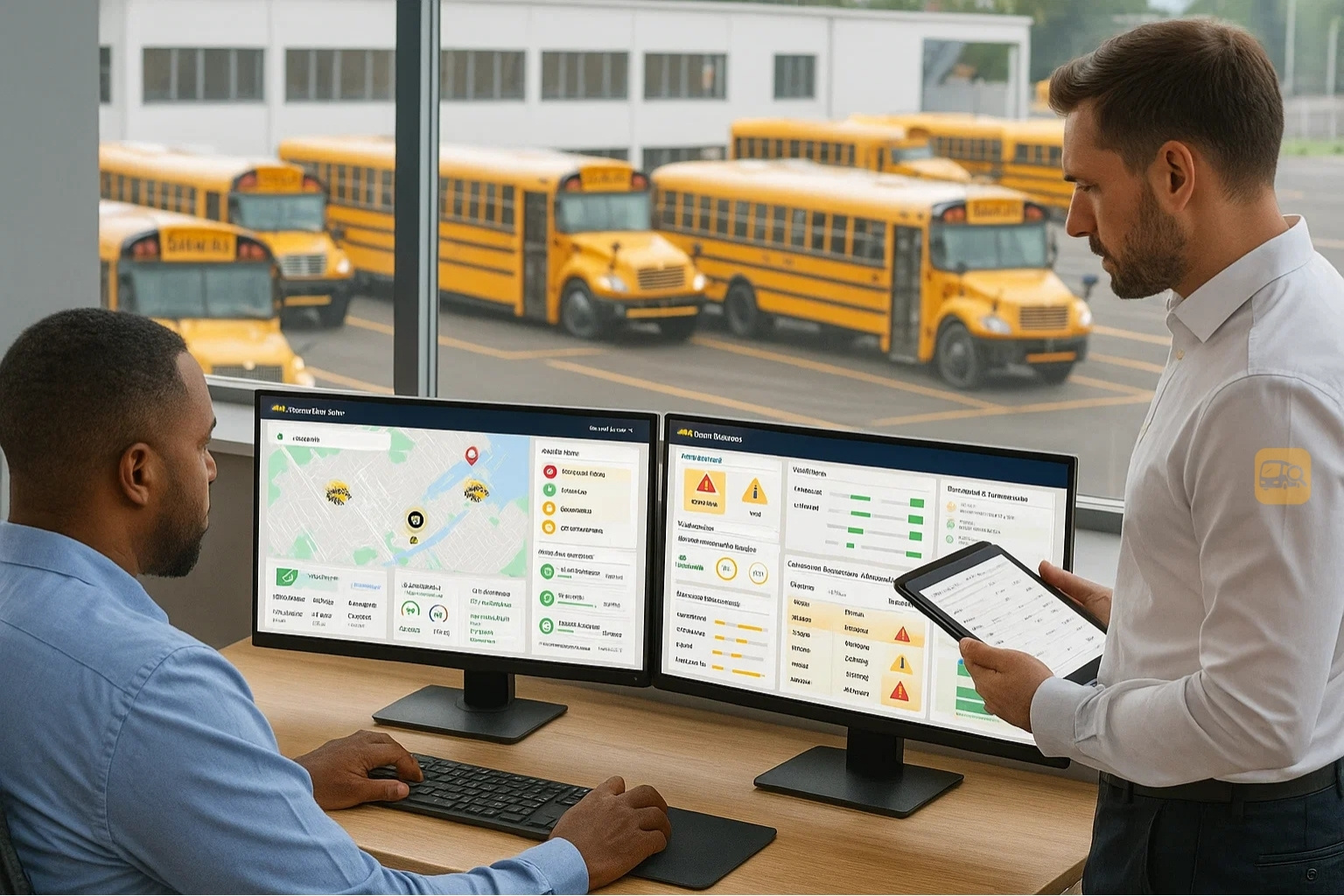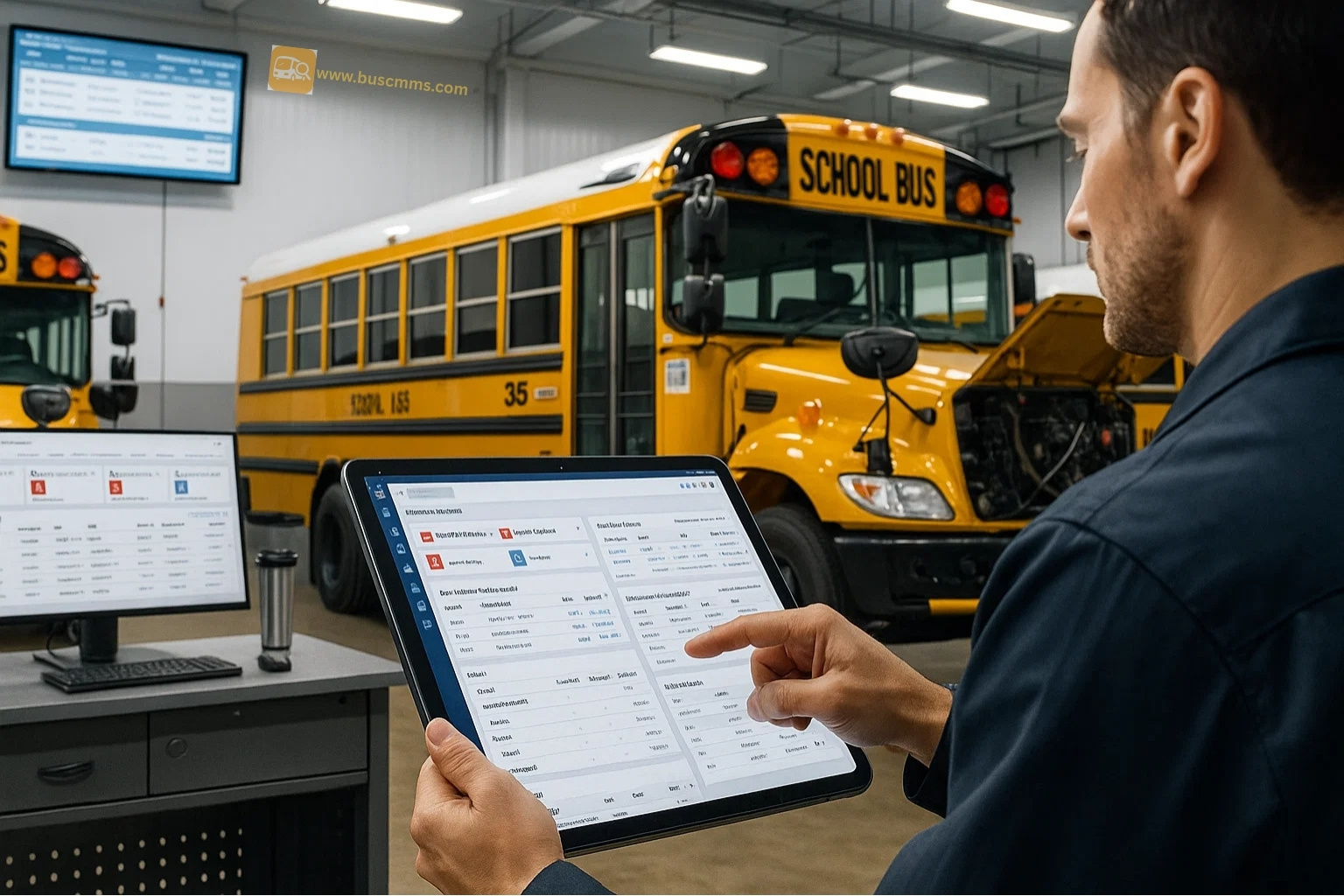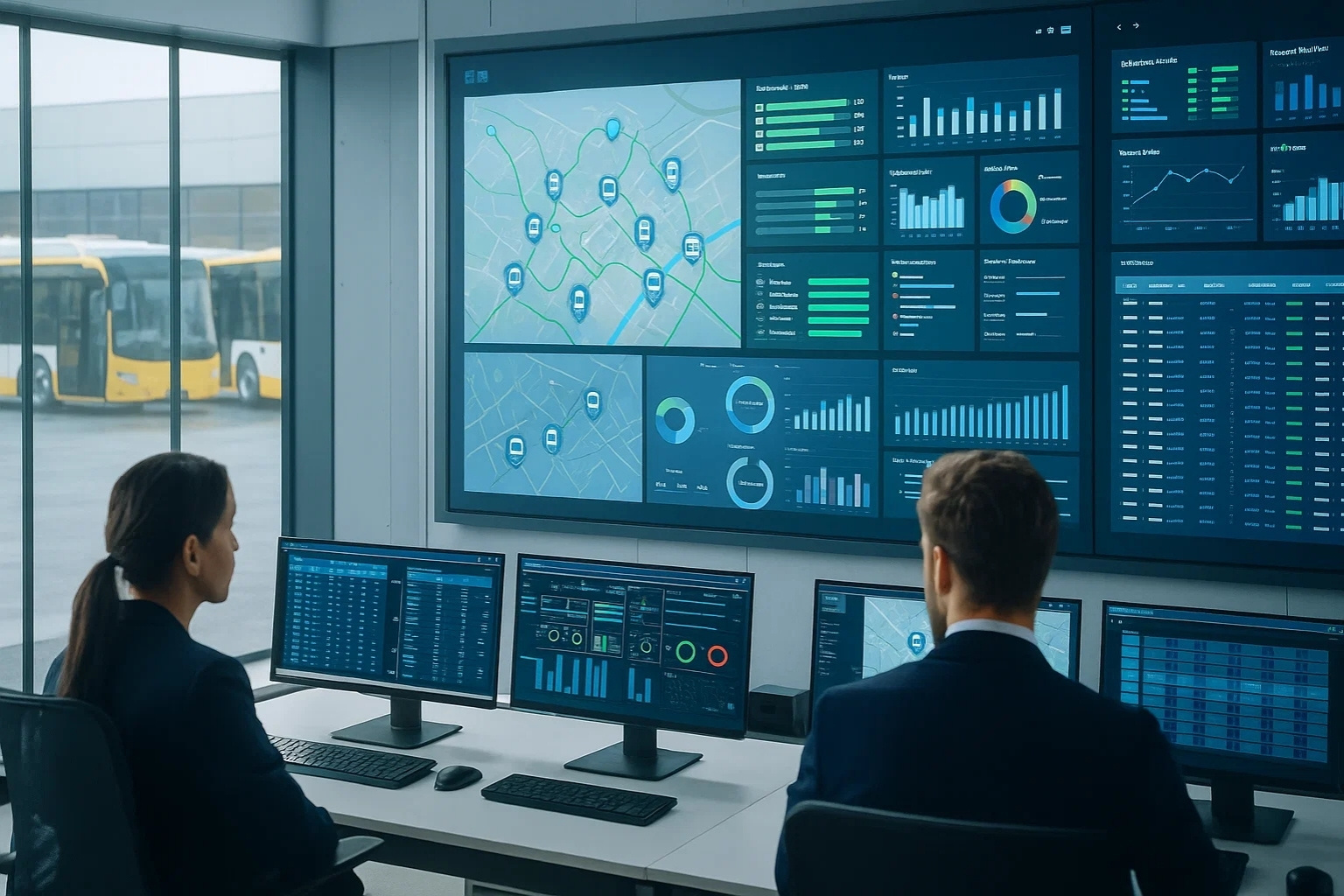The school transportation industry is experiencing a technological revolution that's fundamentally changing how fleet operations are managed, monitored, and optimized. For US manufacturing professionals in the transit sector, understanding these advances in school-bus-software isn't just about staying current—it's about recognizing the future of fleet management and the opportunities it creates for operational excellence.
Modern school bus transportation software has evolved far beyond simple GPS tracking. Today's comprehensive platforms integrate everything from predictive maintenance and route optimization to student safety monitoring and regulatory compliance management. This transformation is reshaping how school districts approach fleet management while creating new opportunities for manufacturing partners who understand these integrated solutions.
Real-Time Fleet Tracking and Route Optimization Revolution
The backbone of modern school bus operations lies in sophisticated fleet software that provides real-time visibility into every aspect of transportation operations. Advanced GPS systems now do far more than track vehicle locations—they analyze traffic patterns, monitor driver behavior, and automatically adjust routes based on real-time conditions.
These systems integrate seamlessly with school information systems, automatically updating pickup and drop-off points when students move or change schools. For manufacturing professionals, this represents a shift toward platforms that must accommodate constant data flow and real-time decision making. The most successful school transport solutions now feature AI-powered route optimization that can reduce fuel consumption by up to 30% while improving on-time performance.
Industry Impact: Districts using advanced route optimization software report average savings of $15,000 per bus annually through improved efficiency and reduced fuel consumption. This demonstrates the ROI potential that drives continued investment in sophisticated fleet management platforms.
Ready to transform your school transportation operations with cutting-edge fleet management solutions? Discover how advanced CMMS tools and predictive analytics can revolutionize your fleet efficiency.
Getting StartedBook a Demo
Predictive Maintenance and CMMS Integration
Perhaps nowhere is the transformation more evident than in maintenance operations. Modern school bus fleets now rely on integrated CMMS systems that predict component failures before they occur, automatically schedule maintenance windows, and maintain comprehensive compliance tracking across entire fleets.
These maintenance software solutions monitor everything from engine performance metrics to brake wear patterns, using machine learning algorithms to identify potential issues weeks or months before traditional inspection schedules would catch them. For manufacturing professionals, this represents a fundamental shift from reactive to predictive maintenance strategies that significantly reduce total cost of ownership.
The integration extends beyond basic maintenance scheduling. Advanced systems now coordinate with parts inventory management, automatically ordering components based on predictive maintenance schedules and usage patterns. This level of automation reduces administrative overhead while ensuring maximum vehicle uptime during critical school transportation periods.
Enhanced Safety and Compliance Management
Student safety remains the paramount concern in school transportation, and modern software solutions have revolutionized how districts approach driver safety and regulatory compliance. Advanced systems monitor driver behavior in real-time, providing instant feedback on speed, harsh braking, and other safety-critical metrics.
Fleet compliance management has become increasingly sophisticated, with systems that automatically track driver certifications, vehicle inspections, and regulatory requirements. These platforms generate compliance reports automatically, reducing administrative burden while ensuring districts meet all federal and state transportation regulations.
Driver safety training has been transformed through data-driven insights. Modern platforms identify specific areas where individual drivers need improvement and automatically schedule targeted training sessions. This personalized approach has led to significant reductions in accidents and insurance claims across participating districts.
Data-Driven Decision Making and Fleet Automation
The most significant change in school transportation management comes from the wealth of actionable data these systems generate. Fleet automation tools now provide administrators with comprehensive dashboards that reveal patterns in everything from fuel consumption to student ridership trends.
Advanced analytics help districts optimize fleet sizing, identify underutilized routes, and make informed decisions about vehicle replacement schedules. These AI fleet tools can analyze years of operational data to recommend the optimal mix of vehicle types, predict future transportation needs, and identify opportunities for route consolidation.
For manufacturing professionals, this data-driven approach represents a shift toward platforms that must not only collect information but transform it into actionable insights. The most successful solutions now feature machine learning capabilities that continuously improve recommendations based on operational outcomes.
Cost Reduction and Operational Efficiency
The cumulative impact of these technological advances translates into substantial cost savings and operational improvements. Districts implementing comprehensive school bus tracking and management solutions report average cost reductions of 15-25% across their transportation operations.
These savings come from multiple sources: optimized fuel consumption through better routing, reduced maintenance costs through predictive analytics, improved driver efficiency through behavior monitoring, and decreased administrative overhead through automation. The combination creates a compelling return on investment that drives continued adoption of advanced fleet management technologies.
Real-world implementations show remarkable results: districts typically see 20% fewer emergency repairs, 35% reduction in fuel costs, and 50% less time spent on route planning and administrative tasks. These improvements free up resources that can be redirected toward educational priorities.
School bus transportation software is fundamentally changing how districts approach fleet management, safety, and operational efficiency. For US manufacturing professionals, these advances represent both opportunities and challenges as customer expectations continue to evolve toward integrated, data-driven solutions.
The most successful manufacturers in this space will be those who understand that today's school transportation solutions require more than just reliable vehicles—they demand comprehensive ecosystems of connected technologies that work seamlessly together to optimize every aspect of fleet operations.
Frequently Asked Questions
Q: What are the key features of modern school bus transportation software?
A: Modern school-bus-software includes real-time GPS tracking, automated route optimization, predictive maintenance scheduling, driver behavior monitoring, student safety alerts, compliance management, and comprehensive reporting dashboards. These systems integrate with CMMS platforms to provide complete fleet management solutions.
Q: How does predictive maintenance software reduce costs for school bus fleets?
A: Predictive maintenance software uses AI and machine learning to analyze vehicle data and predict component failures before they occur. This approach reduces emergency repairs by up to 40%, extends vehicle life, minimizes downtime, and allows for better maintenance scheduling. Districts typically see 15-25% reduction in overall maintenance costs.
Q: Can school bus tracking software improve student safety?
A: Yes, advanced school bus tracking systems significantly enhance student safety through real-time monitoring, driver behavior analysis, automated safety alerts, and GPS-based stop verification. These systems also provide parents with real-time bus location updates and arrival notifications, improving overall transportation security.
Q: What role does route optimization play in school transportation efficiency?
A: Route optimization software uses advanced algorithms to create the most efficient pickup and drop-off routes, reducing fuel consumption by up to 30%. These systems automatically adjust for traffic conditions, road closures, and student changes, while minimizing total travel time and improving on-time performance.
Q: How do CMMS systems integrate with school bus fleet management?
A: CMMS systems provide comprehensive maintenance management by tracking vehicle health, scheduling preventive maintenance, managing parts inventory, and ensuring compliance with safety regulations. Integration with fleet software creates a complete ecosystem that optimizes both operational efficiency and vehicle reliability while maintaining detailed maintenance records.


